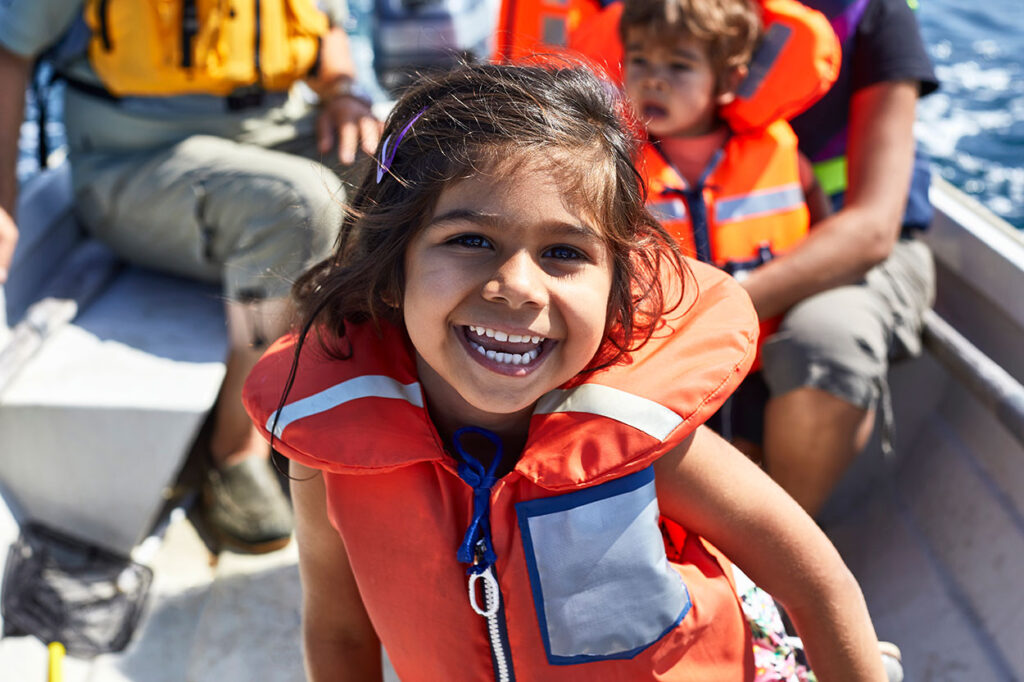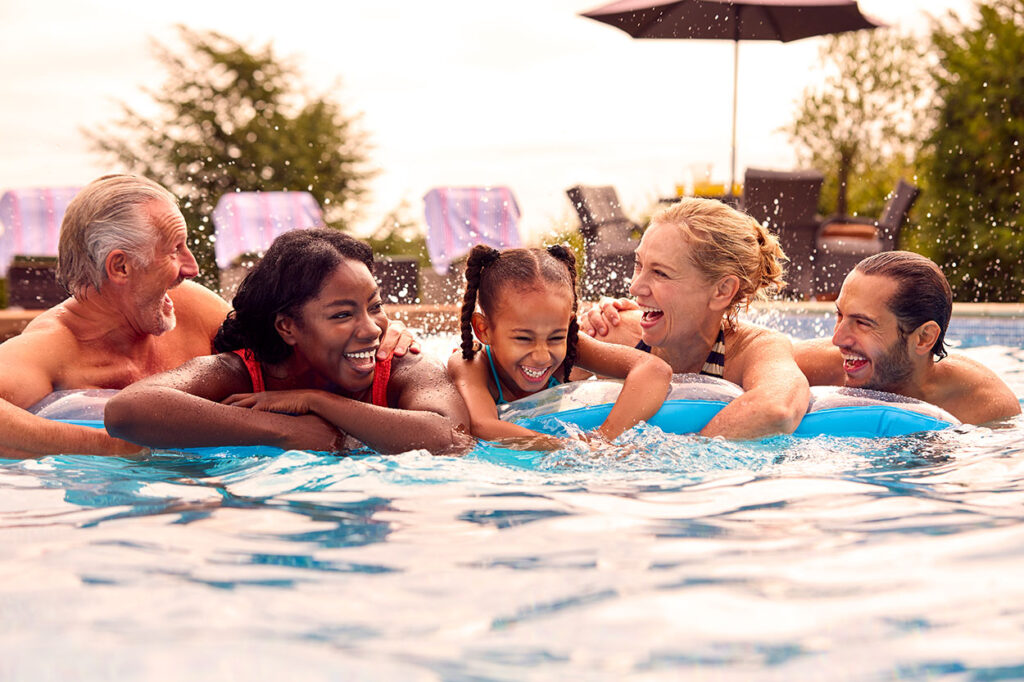There’s nothing better than cooling off in the water on a hot Colorado summer day. Whether it’s swimming at a community pool in Denver, kayaking at Cherry Creek Reservoir, or wading in a mountain stream, water play is part of the Colorado lifestyle. But as fun as it is, water also brings real risks—especially for kids.
At Partners In Pediatrics, we want your family to enjoy Colorado’s lakes, rivers, and pools safely. Here’s your comprehensive guide to water safety in Denver and beyond—so you can make a splash without worry.

Why Water Safety Matters in Colorado
According to the Colorado Department of Public Health & Environment (CDPHE), drowning is a leading cause of injury-related death for children under 14. While many people think of oceans when they think of drowning risks, Colorado’s lakes, reservoirs, rivers, and even backyard pools can be just as dangerous—especially because cold water, fast currents, and unpredictable weather can make accidents happen quickly.
And it’s not just natural water. In the Denver metro area, there are thousands of backyard and community pools. Unfortunately, most drownings in children under 5 happen in home swimming pools.
The good news? With the right preparation, drowning is preventable.
1. Active Supervision Is Non-Negotiable
Even if your child can swim, constant supervision is critical.
Tips for safe supervision:
- Designate a “water watcher”: An adult whose only job is to watch the kids. No phones, no reading—just watching.
- Stay within arm’s reach of young kids: If your child can’t swim confidently, be in the water with them, not just nearby.
- Rotate responsibilities: If you’re at a party or lake day, make sure supervision doesn’t lapse when adults swap duties.
“Supervision is the single most important way to prevent drowning. Even strong swimmers can get into trouble quickly—especially in natural Colorado waters,” says Jessy Boon, Behavioral Health Manager at Partners In Pediatrics.
2. Teach Kids to Swim Early
Swimming is a life skill. The American Academy of Pediatrics recommends starting swimming lessons as early as age 1.
In Denver and the surrounding area, there are plenty of great options for lessons:
- YMCA of Metro Denver: Affordable lessons for all ages.
- SafeSplash Swim School: Multiple locations around the city.
- Local recreation centers: Many offer group or private lessons year-round.
Even with lessons, kids still need supervision. Lessons reduce risk—they don’t eliminate it.
3. Know Your Environment
Swimming in a pool is different from wading in a mountain creek or paddling in a reservoir.
For lakes & reservoirs (like Cherry Creek, Chatfield, or Bear Creek):
- Only swim in designated swim areas with lifeguards.
- Avoid steep drop-offs and strong currents.
- Be aware of watercraft—kayaks, jet skis, and boats may not see swimmers easily.
- Always use life jackets for non-swimmers and young children.
For mountain streams & rivers:
- Avoid fast-moving water, especially in spring and early summer when snowmelt makes currents dangerous.
- Remember: Cold water can cause muscle cramps and shock—even on hot days.
- Never allow kids to play on slippery rocks near fast water.
For pools (backyard or community):
- Install four-sided fencing with a self-latching gate around home pools.
- Remove pool toys when not in use—they can tempt kids to climb in.
- Ensure lifeguards are on duty at public pools—or be extra vigilant when they’re not.

4. Use Proper Safety Gear
Life jackets save lives—but only when they fit properly.
- Choose U.S. Coast Guard-approved life jackets for boating, kayaking, or swimming in lakes.
- For toddlers and preschoolers, pick a jacket with a strap between the legs and a head support collar.
- Water wings or floaties are NOT a substitute for a life jacket and can give a false sense of security.
5. Practice Sun & Heat Safety
Water safety isn’t just about drowning prevention. The sun at Colorado’s elevation is intense, and heat exhaustion can sneak up on kids quickly. If you missed it, here’s our blog on heat and sun safety for kids in Colorado.
- Use broad-spectrum sunscreen (SPF 30+), reapplying every 2 hours and after swimming.
- Encourage frequent water breaks—dehydration happens faster at high altitude.
- Bring shade (umbrellas, pop-up tents) when visiting lakes or reservoirs.
6. Teach Kids Water Rules
Even toddlers can learn basic water safety rules:
- Never swim without an adult.
- No running near the pool.
- Always ask permission before going near water.
- Stay away from drains or suction openings in pools and hot tubs.
For older kids, talk about peer pressure—especially at lakes and rivers where friends may encourage risky behaviors like cliff-jumping or swimming in unsafe areas.
7. Learn CPR
If the unthinkable happens, knowing CPR can save a life.
Local organizations like the Red Cross, Children’s Hospital Colorado, and many Denver recreation centers offer CPR classes.
“In an emergency, every second counts. CPR skills give parents and caregivers the power to take immediate, life-saving action while waiting for help,” says Boon.

8. Model Safe Behavior
Kids learn by watching you. Wear a life jacket when boating. Follow pool rules. Show them that safety is a priority—not an afterthought.
Enjoy Colorado’s Water—Safely
Colorado summers are magical, and water play is a huge part of making those memories. But safety has to come first.
At Partners In Pediatrics, we’re here to help keep your kids healthy, safe, and ready for fun. If you have questions about water safety, swimming readiness, or summer health, schedule a well-child visit or consultation with our team.
Call us today—let’s make this a safe, splash-filled summer for your family!



Leave a Reply